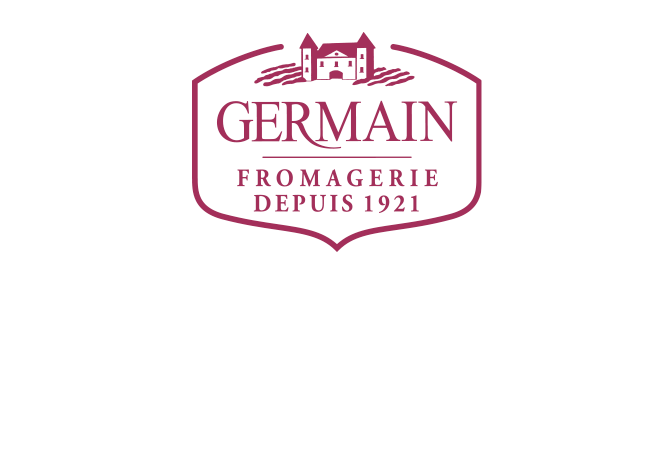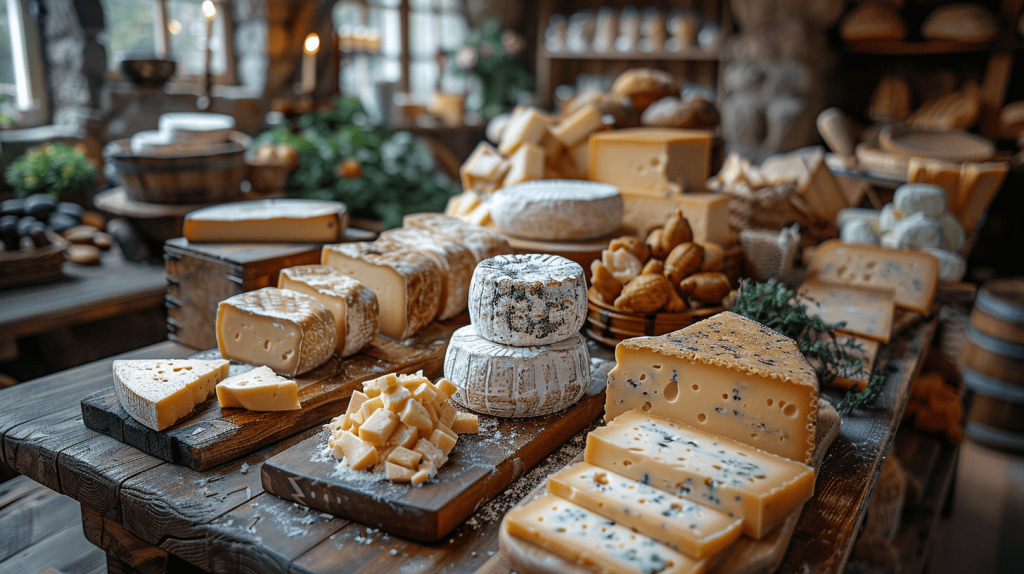Classic Pairings: Cheeses and Wines You Shouldn’t Miss
The union of wine and cheese has inspired critics to write numerous passionate reviews about which pairings to choose or avoid. The truth ? There’s no absolute rule in this realm. Some combinations set your senses alight, while others do not. And, as they say, “it’s a matter of taste.”
With a Soft Cheese
Delicate soft cheeses, such as Brie, Brillat-Savarin, Époisses, or even Langres, find harmony with red wines of light structure—especially the elegant wines of the Loire. Meanwhile, Saint-Nectaire calls for more tannic wines that can complement its creamy texture.
For soft cheeses with a more pronounced character, such as Livarot, Maroilles, Munster, or Camembert, a subtle approach in wine selection is required. To preserve their complex aromas, favor red wines with delicate structure—a refined Burgundy, a fruity Beaujolais, an elegant Loire wine, or even the enveloping softness of a luscious white wine will elevate these characterful cheeses.
With a Hard or Pressed Cheese
Pressed cooked cheeses with a pronounced character, such as Comté, Beaufort, Tomme, or Emmental, particularly flourish alongside light and fruity wines. Opt for a playful Beaujolais, a delicate red Saumur, or, in white, a crystalline Sancerre, a mineral Arbois, or even the vibrant expressions from Savoie and Jura. For long-aged Comtés, Jura’s Vin Jaune creates a pairing of rare perfection.
With a Blue Cheese: Intensity on the Palate
A quick reminder: blue molds belong to the penicillin family and develop inside the cheese. They are behind an endless variety of wonderful cheeses—from the butter-dense Stilton to the soft, deliciously runny Gorgonzola, and not least, France’s king of blue cheeses, Roquefort.
The intensity of the blue veining naturally guides the choice of wine. As the blue evolves during aging, it calls for progressively sweeter wines: a lightly veined blue cheese will pair well with a luscious wine, while a strongly developed blue finds its balance with a fortified wine. Savoie, the historic cradle of these cheeses, excels in producing wines from late harvests, thus creating territorially precise pairings.
With Goat Cheese
Pairing wine with goat cheese requires special attention. Essentially, opt for white wines, whether dry or semi-dry.
French wine tradition offers natural pairings, as regions known for goat cheeses are often also vineyards. These territorial pairings prove particularly successful:
- Chavignol’s crottin flourishes alongside a Sancerre, a Menetou-Salon, or a Pouilly.
- Sainte-Maure de Touraine finds its ideal expression with a dry Vouvray.
- Valençay harmonizes beautifully with local Sauvignon or Montlouis wines.
- Further south, Rocamadour’s Cabécou pairs wonderfully with whites from the Lot.
- Pico cheese is ideally paired with a Cahors red or a Bergerac white.
- Goat cheeses from Cévennes or Larzac call for Languedoc or Provençal whites.
- In Burgundy, Charolais or Clacbitou shine in the company of Pouilly-Fuissé, Mâcon-Villages, or Saint-Véran.



